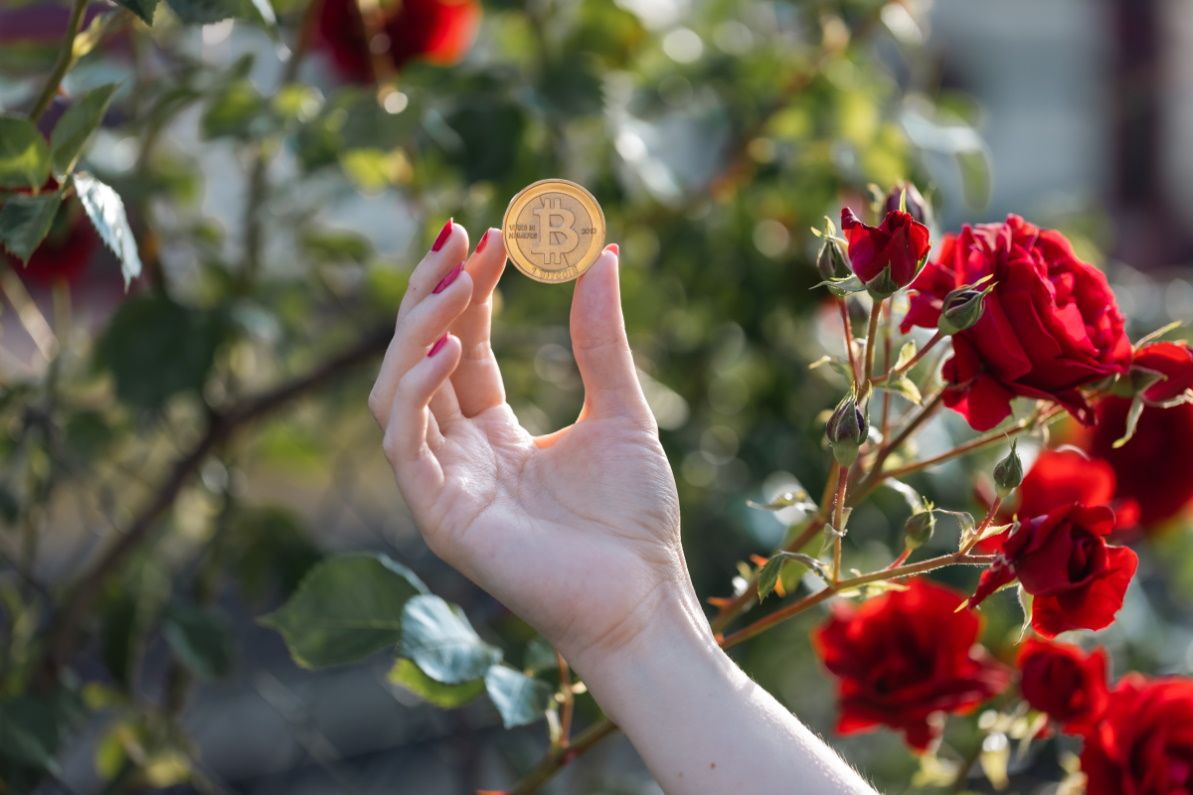The Ultimate Guide to NFT Platforms
Here’s everything you need to know about NFTs, how they work, and how to invest in them.

NFTs have been all over the news, with major players like NBA, NFL, and GameStop launching their own NFT platforms. The technology is becoming a common way for digital art enthusiasts to own unique artwork, but the concept can be a lot to parse. With that in mind, here’s how the NFT system works and where to go to start trading.
Jump to a section…
What is an NFT?
What is an NFT Drop?
GameStop NFT
NHL
Coachella
The Top NFT Platform and Sites for Buying and Selling NFTs
Binance
Mintable
What Are Fractional NFTs?
What Are Frac Packs?
Subscribe to get our best content in your inbox
By clicking “Submit” you agree to Dibbs
Privacy Policy and
consent to Dibbs using your contact data for newsletter purposes.
What is an NFT?
An NFT, or non-fungible token, is a completely unique digital asset that exists on the blockchain. Imagine that you have five dollars in your bank account. You could exchange that five dollars for a different five dollars and the two would be of identical value and indistinguishable. NFTs are different. Even if they look the same, all NFTs are unique. They may be of equal value and feature the same image, but NFTs are nonetheless different assets.
NFTs are also a verifiable currency, meaning that each time one is sold, minted, or traded, the transaction is stored on a ledger. This essentially means that an NFT's entire history is traceable all the way back to the time it was created. You can see the transactions an NFT was part of through indestructible ledgers that anyone can access, which makes NFTs more transparent than fiat currency.
For more information on the basics of NFTs, check out “What Are NFTs and How Do They Work?”
What is an NFT Drop?
An NFT drop is when a batch of NFTs is released all at once as part of a collection. Drops are currently the most common way to release NFTs, though they’re not the only way. NFTs naturally have a degree of scarcity because of how they’re created, so it’s common to see their prices go up shortly after they’re released in a drop. Companies like Nike and Taco Bell are even getting in on NFT drops, paving the way for other brands to get involved with NFTs in the future.
Some notable new and upcoming projects include:
GameStop NFT
GameStop’s collection has mostly been digital artwork. However, many game developers are investing in blockchain games, so GameStop could sell NFTs for those at some point in the future.
NHL
NHL is one of the last major sports to get into NFTs, but its NFT platform will be released soon in partnership with Sweet. Like many other professional sports NFTs, the NHL’s collection will feature players, plays, and more.
Coachella
Coachella has created NFTs that grant lifelong access to the event and a fully stocked personal compound in 2022. It’s not uncommon for events to sell NFT tickets, but Coachella’s come with a particularly interesting suite of perks.
Check out the full post “What Is an NFT Drop?” for more info.
The Top NFT Platforms and Sites for Buying and Selling NFTs
There are plenty of platforms for buying and selling NFTs, but these are currently the best ones out there.
Binance NFT
Binance NFT is the most prominent platform for buying and selling NFTs. It operates on the Binance Blockchain, which has earned a positive reputation with NFT enthusiasts, lending it extra reach over its competitors. Users can trade various forms of NFTs, then cash out for fiat currency or reinvest in other NFTs.
Mintable
Mintable is relatively new, but it’s had a sizable impact on the NFT market since it landed. Backed by Mark Cuban, Mintable uses both the Ethereum and ImmutableX blockchains, which makes it more easily accessible for both veteran and newbie NFT enthusiasts. Mintable University is particularly valuable for those new to NFTs, as it provides a solid foundation of knowledge to build from.
For more NFT platforms, read “The 8 Best Sites to Buy & Sell NFTs.”
What Are Fractional NFTs?
A fractional NFT represents a portion of a real-world item. This allows buyers to invest in an item without assuming the risk of purchasing the entire thing. For example, you could invest in a fractional NFT of Aaron Rodgers’ 2005 Panini Playoff Contenders 101 with a 10.0 PSA grade. Rather than spending upwards of $30,000 for the entire card, you could pay what you like for a percentage of it. As the card increases in value, so too does your fractional NFT. This process can also be reversed, with fractional owners being able to trigger an auction that allows other owners to sell their portion of the NFT, thus unifying it.
Fractional NFTs make for a more open, accessible NFT marketplace. There’s less risk involved, and the assets have better liquidity because of their lower price points.
For more information, read our post “What Are Fractional NFTs?”
NFTs can be a great way to collect interesting artwork without cluttering up your home. There’s a project out there for just about everyone these days, so it’s definitely worth checking out what the major platforms have to offer. And if you’re interested in Pokémon, sports cards, comics, or other rare collectibles, be sure to get in touch.

